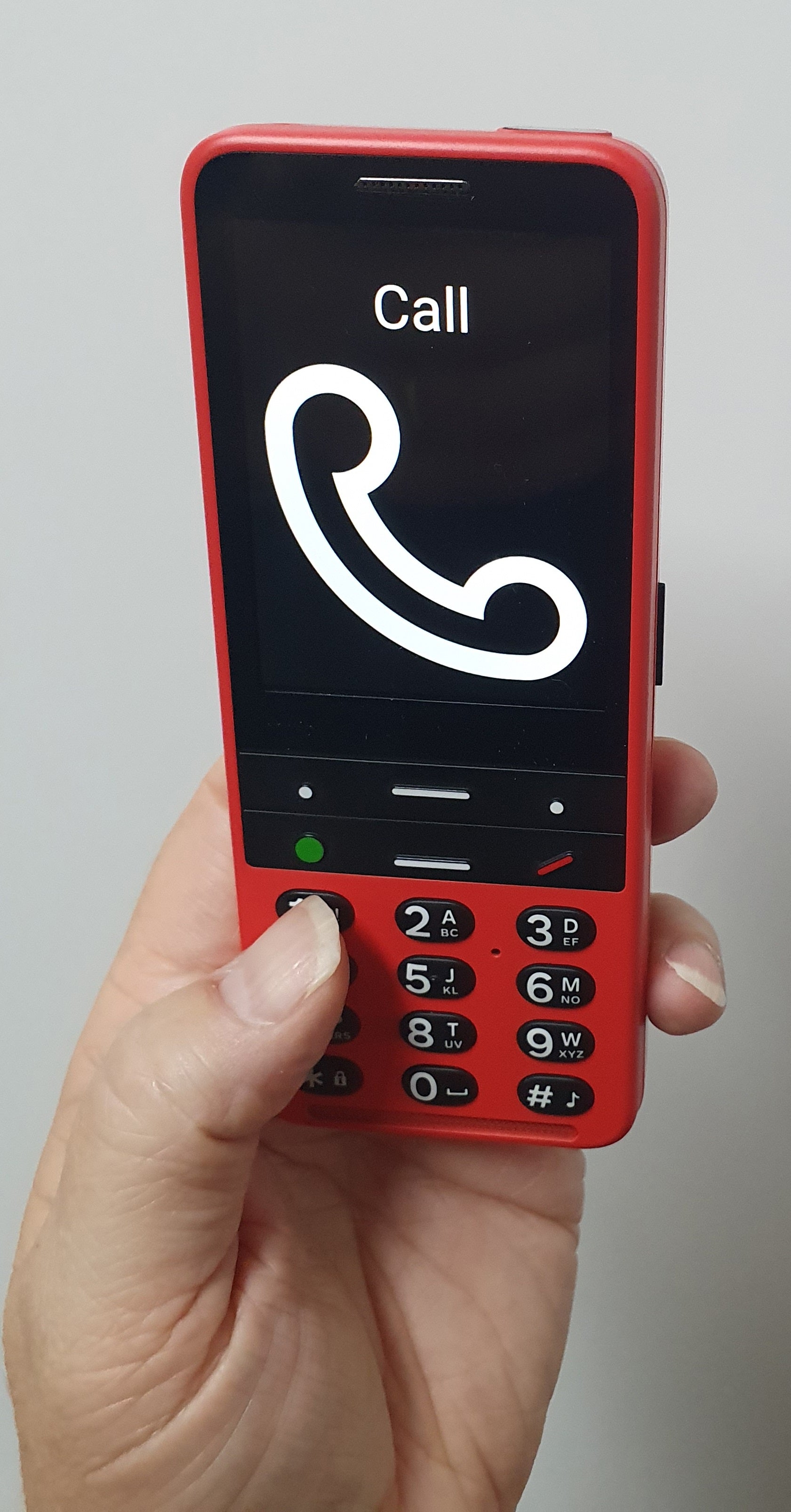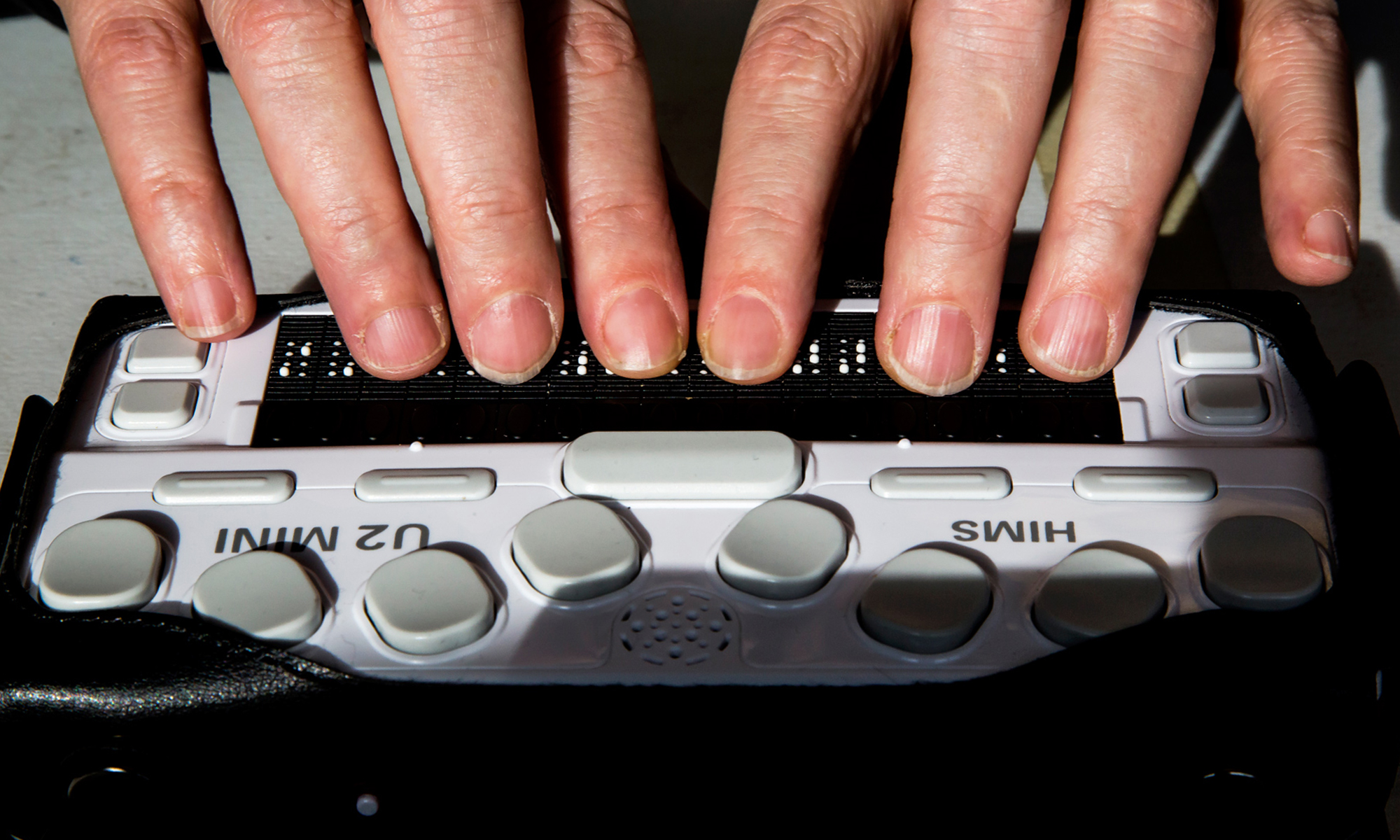A Guide to Life-Changing Assistive Technology for the Blind and Visually Impaired
The development of assistive innovation has ushered in a transformative era for individuals who are visually damaged or blind, offering devices that improve autonomy and enrich day-to-day experiences. Advancements such as smart navigating devices and AI-driven applications are redefining exactly how individuals engage with their surroundings, while available reading services and smart home innovations promise to more raise the high quality of life. As these modern technologies remain to advance, one have to take into consideration not just their performances but likewise their influence on fostering self-reliance and inclusivity. What does this mean for the future of availability?
Smart Navigation Tools
Smart navigation devices are revolutionizing the means people that are visually impaired or blind connect with their environment. These advanced technologies, which incorporate general practitioners, audio responses, and haptic signals, supply customers with vital details concerning their environments, enhancing their independence and wheelchair.
One prominent example is the use of smart canes equipped with sensing units that find challenges and supply real-time responses via resonances or audio signs. These devices enable individuals to browse intricate settings, such as active roads or crowded public areas, with enhanced self-confidence. In addition, wearable gadgets, such as wise glasses, are being developed to assist in recognizing faces, reading message, and recognizing items, additionally increasing the individual's spatial recognition.
In addition, wise navigation tools are increasingly integrating expert system to examine data and adjust to customers' choices. This individualized technique not only boosts navigation effectiveness however also cultivates a sense of empowerment among customers. As innovation remains to development, the potential for wise navigating tools to create a much more inclusive and obtainable globe for individuals that are blind or visually impaired stays appealing, ultimately improving their day-to-day experiences and interactions.
Ingenious Mobile Apps
Mobile applications are becoming powerful devices for assisting people who are visually impaired or blind, supplying a series of functionalities that boost daily living. These apps harness progressed technology to help with everyday jobs, enhance ease of access, and promote independence.
One classification of cutting-edge mobile applications concentrates on visual recognition. Applications like Be My Eyes attach individuals with sighted volunteers using video phone calls, making it possible for real-time support for tasks such as reviewing labels or navigating unfamiliar settings. Similarly, apps like Seeing AI make use of artificial knowledge to describe surroundings, read message, and identify objects, supplying customers with vital details at their fingertips.
One more substantial location is navigation and alignment. Apps such as Aira and Nearby Explorer offer audio support, aiding customers navigate urban spaces easily. They provide customized help, permitting an extra certain expedition of the setting.
Moreover, health and wellness apps satisfy specific needs, such as medication management and physical fitness monitoring. These applications aim to promote a holistic method to wellness, making sure that customers can keep their wellness individually.
Wearable Assistive Instruments
Wearable assistive tools represent a significant innovation in modern technology developed to support individuals that are blind or aesthetically damaged. These tools improve mobility and freedom by supplying real-time comments about the surrounding setting. Amongst the most notable wearable modern technologies are wise glasses equipped with video cameras and sensors, which can identify obstacles and relay essential info via audio signs.

One more cutting-edge alternative consists of wrist-worn devices that use ultrasonic waves to find barriers and offer navigational support. These gadgets frequently come with adjustable settings, permitting users to tailor the alerts to their particular requirements.
The combination of man-made knowledge in wearable assistive modern technology is additionally notable, as it constantly improves the precision and responsiveness of these gadgets. Generally, wearable assistive gadgets are transforming the lives of the blind and visually impaired, fostering better freedom and boosting quality of life through innovative solutions.
Accessible Checking Out Solutions
Easily accessible reading options play an essential function in enabling people that are blind or visually impaired to engage with text throughout various layouts. These solutions include an array of tools and technologies created to enhance reading experiences, from traditional print products to electronic content.
One famous option is Optical Character Acknowledgment (OPTICAL CHARACTER RECOGNITION) innovation, which transforms printed text into digital layout, allowing customers to listen to or read the web content utilizing display visitors. Additionally, specialized e-readers outfitted with text-to-speech abilities provide personalized reading experiences, allowing customers to adjust font dimensions and background shades for improved exposure.
Another reliable method is braille screens, which give responsive feedback by transforming electronic text right into braille. This enables people to check out touch, promoting better independence and access to literature. Mobile applications created for reviewing checked books or files can empower users with instantaneous access to a large collection of products (Voice-activated assistive devices).

Smart Home Technologies
Smart home technologies have actually changed the method people that are aesthetically damaged or blind communicate with their living environments, boosting both self-reliance and safety. These ingenious remedies utilize automation and connection to develop an easily accessible home customized to the requirements of users.
Smart audio speakers and voice-activated assistants supply hands-free control over various tools, enabling individuals to readjust security, temperature, and lighting steps with basic voice commands. This capability decreases dependence on sighted aid and promotes a feeling of freedom. Furthermore, wise illumination systems can be personalized to provide auditory comments or responsive cues, allowing people to browse their homes better.
Moreover, safety systems outfitted with wise cameras and sensing units can send real-time notifies to users, enhancing personal security without demanding aesthetic confirmation. Automated door locks supply comfort, permitting customers to safeguard their homes easily.
Integrating clever home modern technologies not just improves daily living yet likewise encourages social communication with linked tools - Wearable technology for low vision. With find this recurring innovations in assistive innovation, the future shows up appealing, as more remedies will emerge to further encourage people who are blind or aesthetically damaged, making sure an extra independent and inclusive lifestyle
Final Thought
To conclude, the improvements in assistive innovation for the visually damaged and blind represent a considerable jump towards enhancing self-reliance and lifestyle. Smart navigation tools, ingenious mobile applications, wearable tools, available reading solutions, and clever home modern technologies collectively foster an inclusive atmosphere. This assimilation of modern technology not only improves movement and everyday living yet likewise equips individuals to involve completely with their environments, advertising better autonomy and participation in society.
Developments such as wise navigation gadgets and AI-driven applications are redefining exactly how individuals engage with their surroundings, while obtainable analysis solutions and smart home innovations promise to additional raise the quality Find Out More of life. As modern technology continues to advance, the capacity for smart navigation devices to create a much more my website inclusive and obtainable globe for people who are visually damaged or blind stays encouraging, eventually improving their daily experiences and communications.
Wearable assistive devices represent a considerable development in innovation designed to support people who are blind or visually impaired. Amongst the most noteworthy wearable technologies are clever glasses furnished with sensing units and cameras, which can identify obstacles and relay important info via sound signs.
Smart navigating devices, innovative mobile applications, wearable tools, easily accessible reading services, and clever home modern technologies collectively promote an inclusive setting.